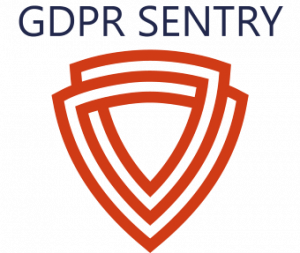Educators often hear the terms information management and information security tossed around like interchangeable buzzwords. Spoiler alert: they’re not the same. Information management is about how data is handled, stored, and shared responsibly; information security is about keeping that data safe from prying eyes and malicious actors.
But here’s the kicker – you can’t have one without the other. A beautifully managed dataset is still a sitting duck if your network is riddled with vulnerabilities. Likewise, the most secure system in the world is pointless if your data governance is a mess.
With that in mind, let’s explore how the Cyber Security and Resilience (Network and Information Systems) Bill isn’t just about locking the digital doors. It’s about reinforcing the entire house, so your data stays both protected and properly managed.
So, What’s Happening in Westminster?
In November 2025, Parliament introduced the Cyber Security and Resilience Bill, a major upgrade to the 2018 NIS Regulations. Think of it as NIS 2.0. It’s bigger, bolder, and far less forgiving. This isn’t just a tech-sector shake-up; it’s a ripple effect that will reach schools, colleges, and universities across the UK.
The Bill gives regulators sharper teeth, expands the scope to include managed service providers, data centres, and critical suppliers, and introduces stricter reporting rules. If your school relies on cloud platforms or ed-tech vendors (and let’s face it, who doesn’t?), this matters to you.
Why Should Educators Care?
Because the education sector is sitting on a goldmine of sensitive data: exam results, safeguarding notes, health records, and more. Cybercriminals know this, and attacks on schools have skyrocketed globally. The Bill is designed to make sure that when something goes wrong (and eventually, something will), you’re ready to respond fast and effectively.
Under the new rules, serious incidents will need to be reported within 24 hours, with a full breakdown delivered in 72. Miss those deadlines and the fines aren’t pocket change: up to £17 million or 10% of global revenue. Even if your school isn’t directly regulated, your suppliers will be and, they’ll expect you to play ball.
What Does This Mean for Data Protection?
Here’s where the worlds of information management and security collide. The Bill strengthens GDPR. Faster reporting, mandatory risk assessments, and tighter supply-chain controls all reduce the chances of a data breach spiralling into a disaster.
In short, compliance is about building resilience into your everyday operations so parents, pupils, and staff can trust that their information is safe.
So, What Should Schools Do Now?
Start by auditing your suppliers. If you’re using a managed service provider or cloud platform, make sure they’re ready for NIS-level compliance and that your contracts reflect it. Next, review your incident response plan. Do you have systems in place to detect and report breaches quickly? If not, now’s the time to act.
The Department for Education has already published cybersecurity standards for schools and colleges. Use them. They’re not just guidance; they’re a roadmap for staying ahead of the curve.
Don’t wait until compliance becomes mandatory. Voluntary adoption now means fewer headaches later (and a lot more peace of mind).
The Bigger Picture
This Bill isn’t just another piece of legislation. It’s a wake-up call. Cybersecurity and data protection aren’t optional extras anymore; they’re part of the core infrastructure of education.
So, while upgrading your systems might be a pain, ignoring the risks could cost you greatly. Remember that cyber resilience isn’t about fear; it’s about foresight. So if you haven’t already, start planning now.










